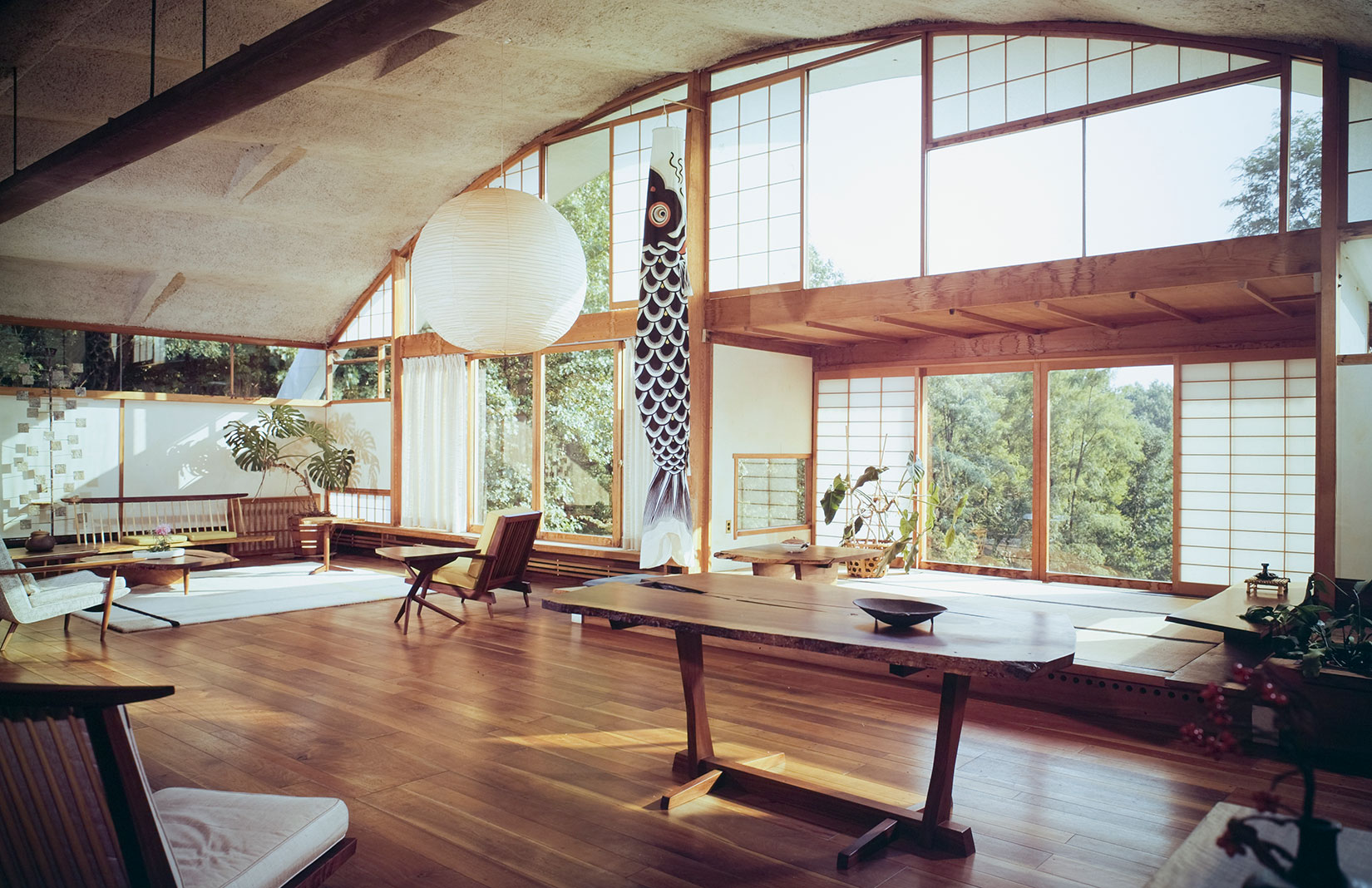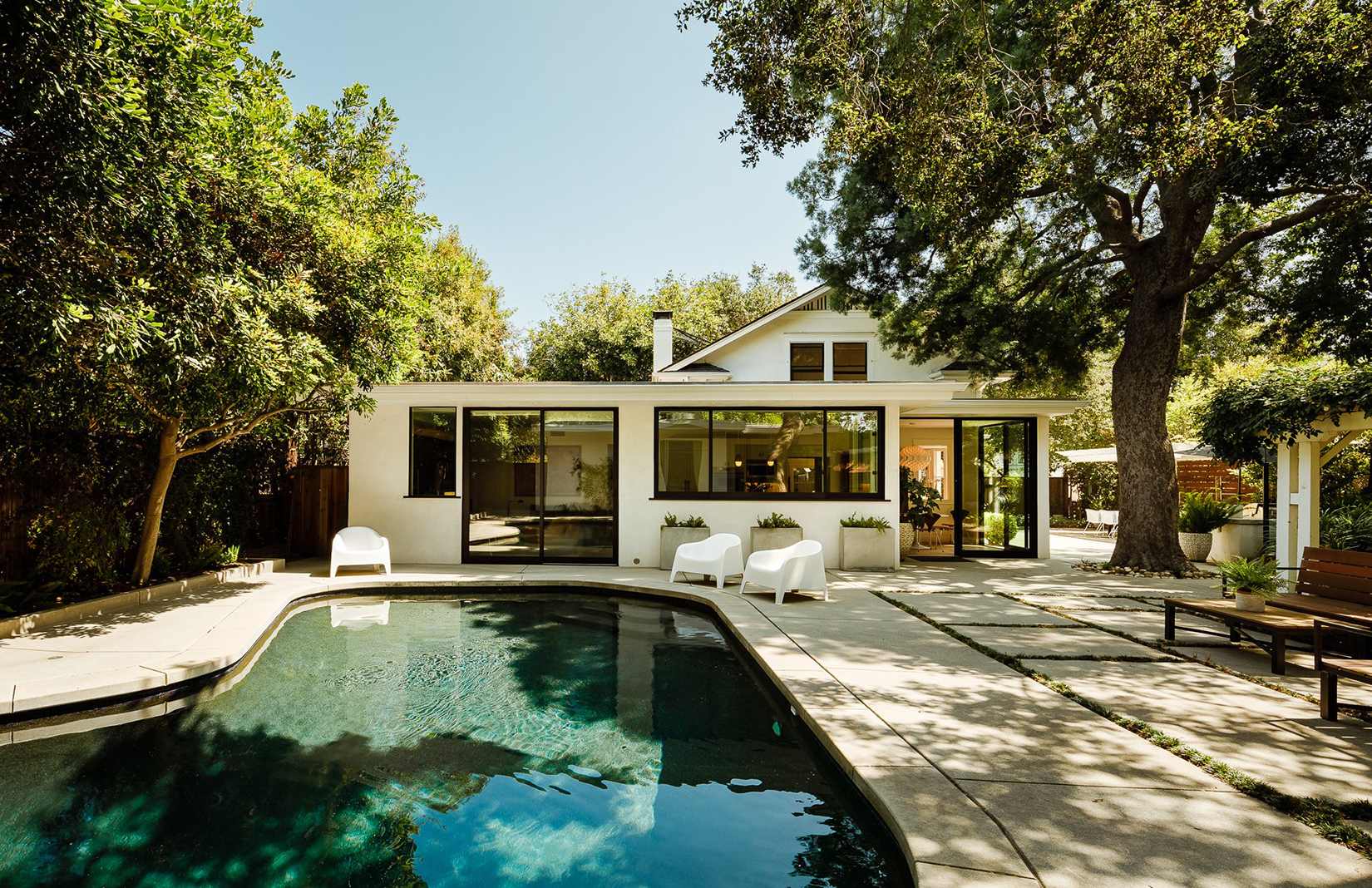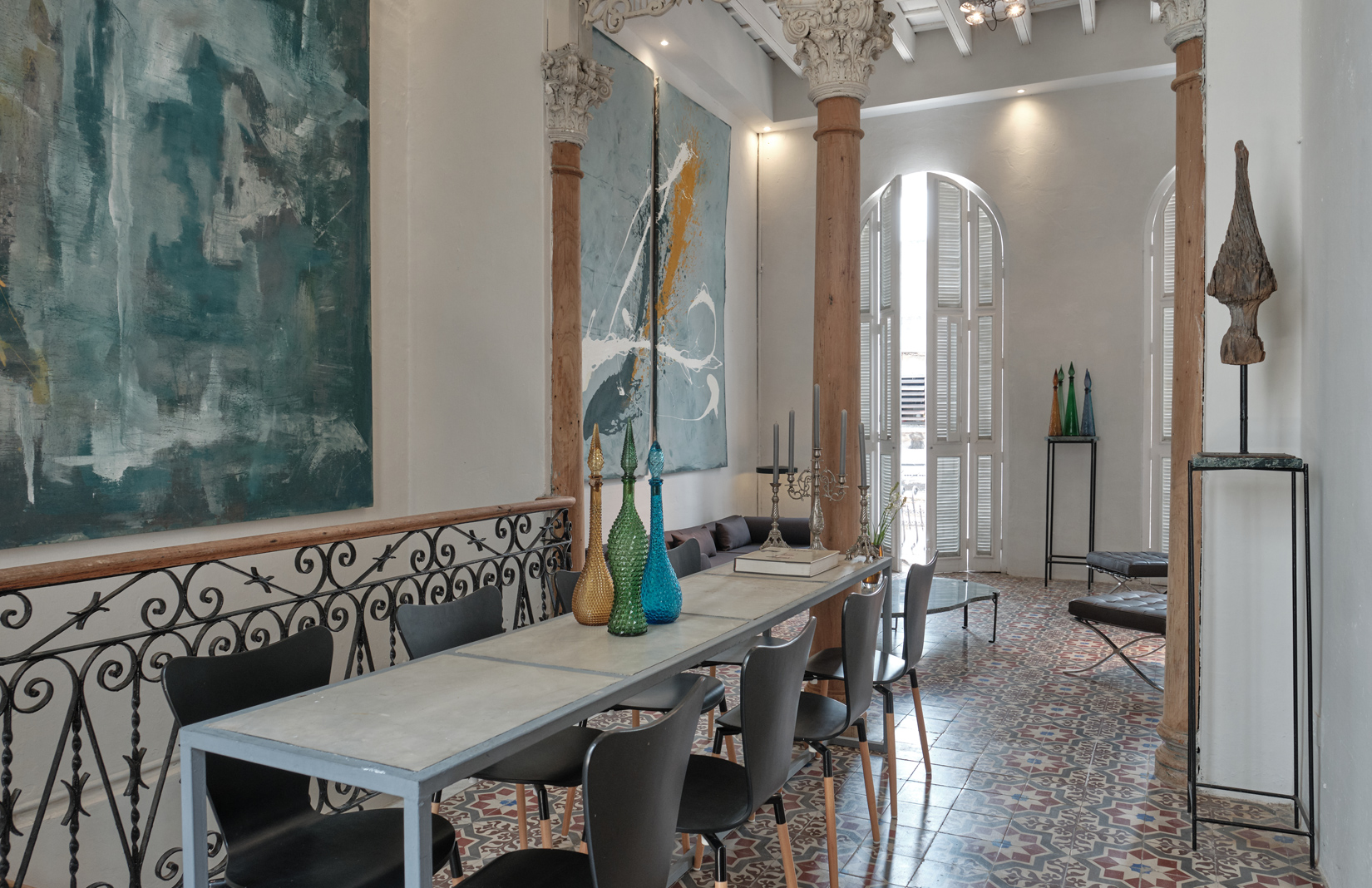An architect’s home is their experimental canvas – a place where they can explore new ideas without risking a client’s wrath. Stepping into their private dwellings gives you a rare insight into their design ethos, as well as the objects and artefacts they collected.
Many of the 20th century’s biggest names have had their homes preserved in perpetuity. Design pilgrims can explore everything from a Modernist temple in Rio by Oscar Niemeyer to a cylindrical abode by Russian Avant-Garde architect Konstantin Melnikov.
We’ve plotted a trail of 17 architects’ homes you can visit around the world. And once you’ve finished this lap, you can explore the private domains of artists, musicians and writers too.
Casa Das Canoas by Oscar Niemeyer, Rio de Janeiro, Brazil
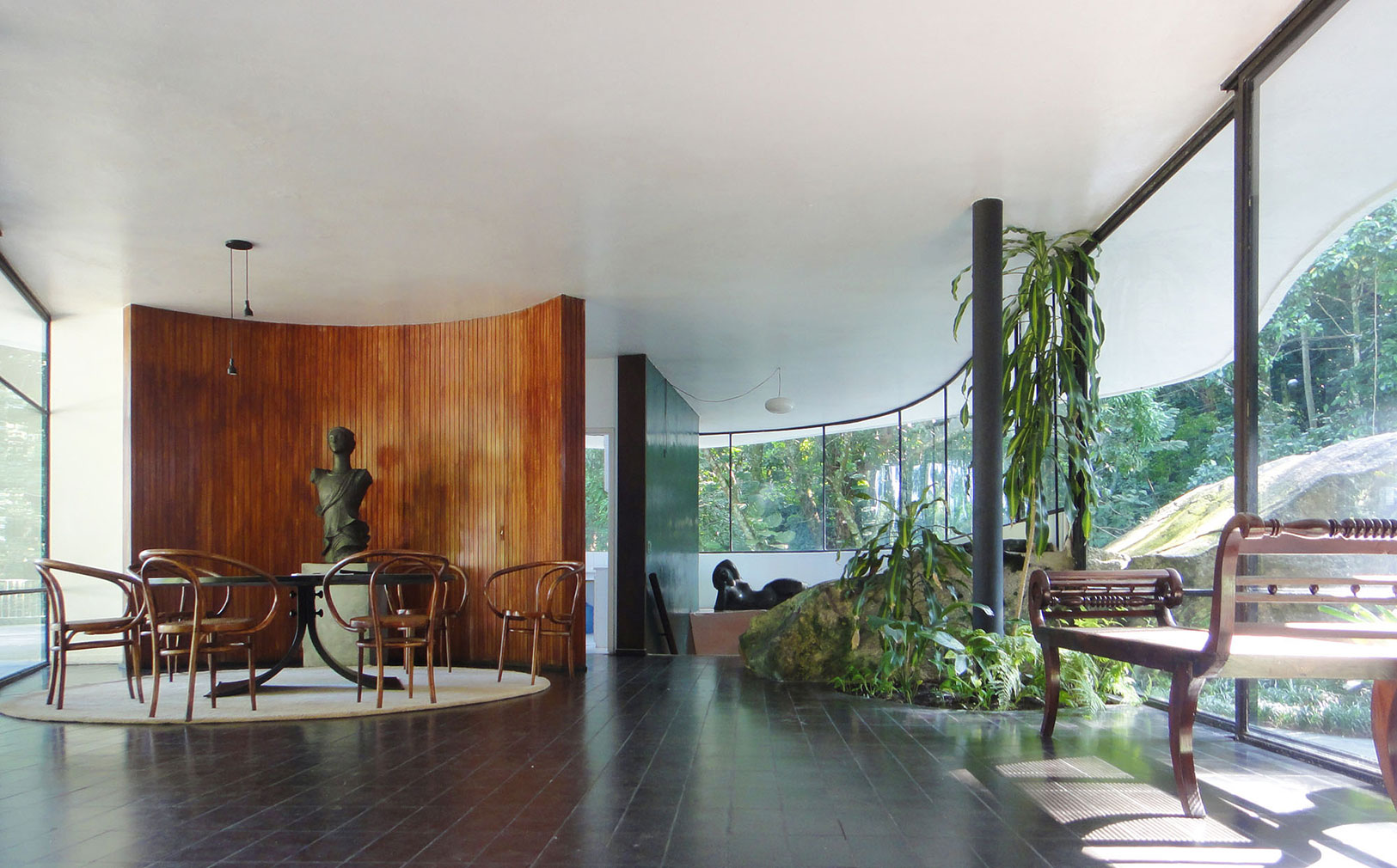
Oscar Niemeyer’s transparent Das Canoas house was designed in 1951, and blends elements of organic and minimalist architecture. It was designed to sit in shadow so there would be no need for curtains, and its sinuous exterior is surrounded by dense vegetation – which Niemeyer hoped would appear as part of his design – and topped by a curving flat roof. The house has been built into the slope of a hill which offers views across the nearby bay, and incorporates existing boulders into its interior, which Niemeyer designed in partnership with his daughter.
Casa de Vidro by Lina Bo Bardi, São Paulo, Brazil
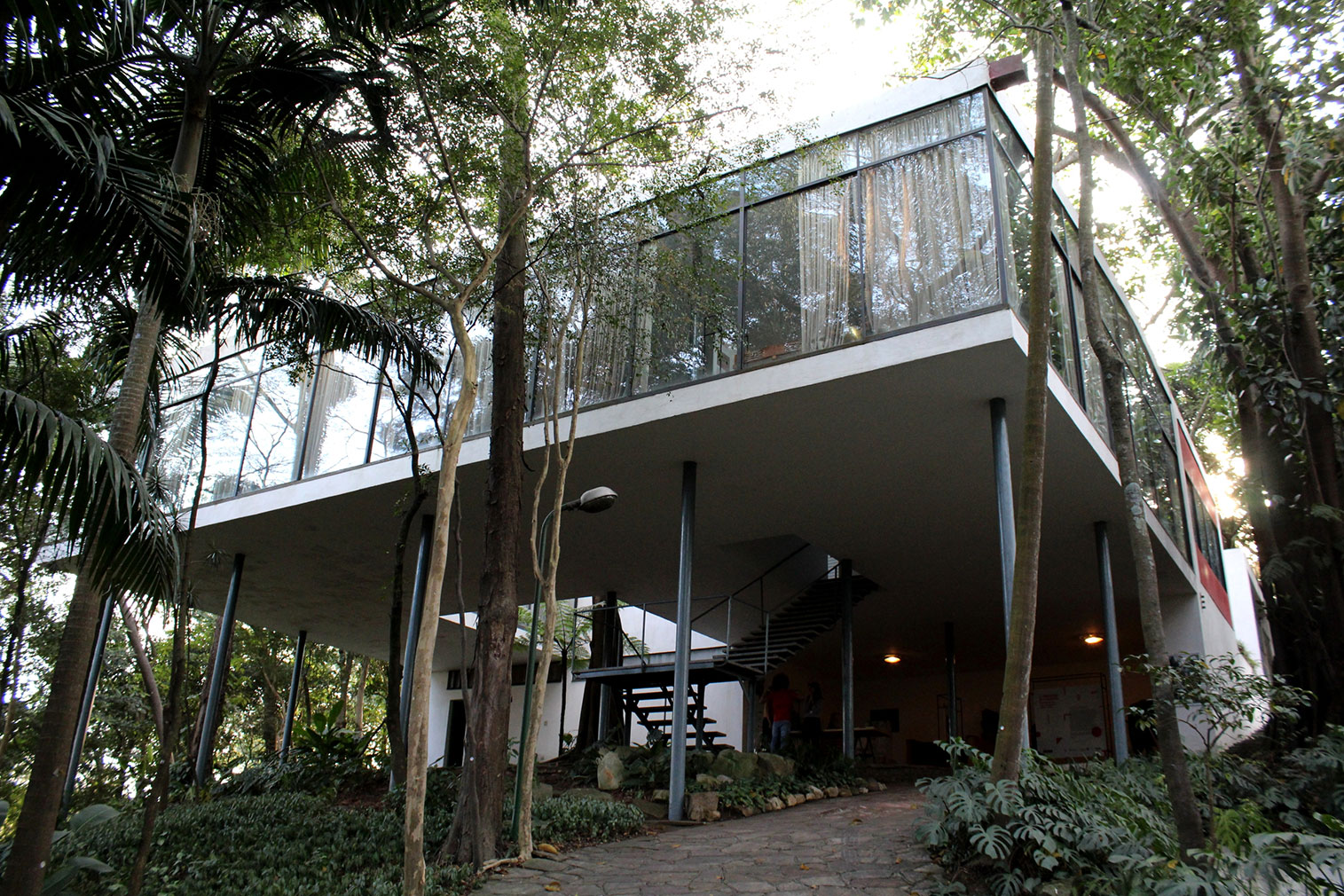
Italian architect Lina Bo Bardi designed her ‘Glass House’ in 1951, shortly after becoming a Brazilian citizen. Set in the south of São Paulo alongside the Atlantic forest, it was one of the first houses in the Morumbi neighbourhood. Built into the steep terrain, the building is lifted up on stilts that suspend it amid the greenery. Influences of Italian Rationalism can be read in the industrial materials and simple repeated forms, but the home also gives nods to the Brazilian rural vernacular in its two squat, solid volumes that support the glass structure from the back. The architect lived in Casa de Vidro much of her life, and the building now houses her art collection.
Luis Barragán House and Studio, by Luis Barragán, Mexico City, Mexico

It may be unobtrusive from the street, but Mexico City’s Casa Barragán conceals a light-filled interior punctuated with the pops of colour that are its designer’s trademark. The Pritzker Prize-winning architect – whose work is often referred to as ‘emotional architecture’ – built the house in 1948 and its interiors have been left untouched: shelves still brim with books, walls are filled with his artworks by the likes of Diego Rivera and Picasso, and Barragán’s old Cadillac still sits in the garage. His home opens onto a private garden sculpted by the architect himself, and the attached studio regularly holds artists-in-residence.
The Melnikov House, by Konstantin Melnikov, Moscow, Russia
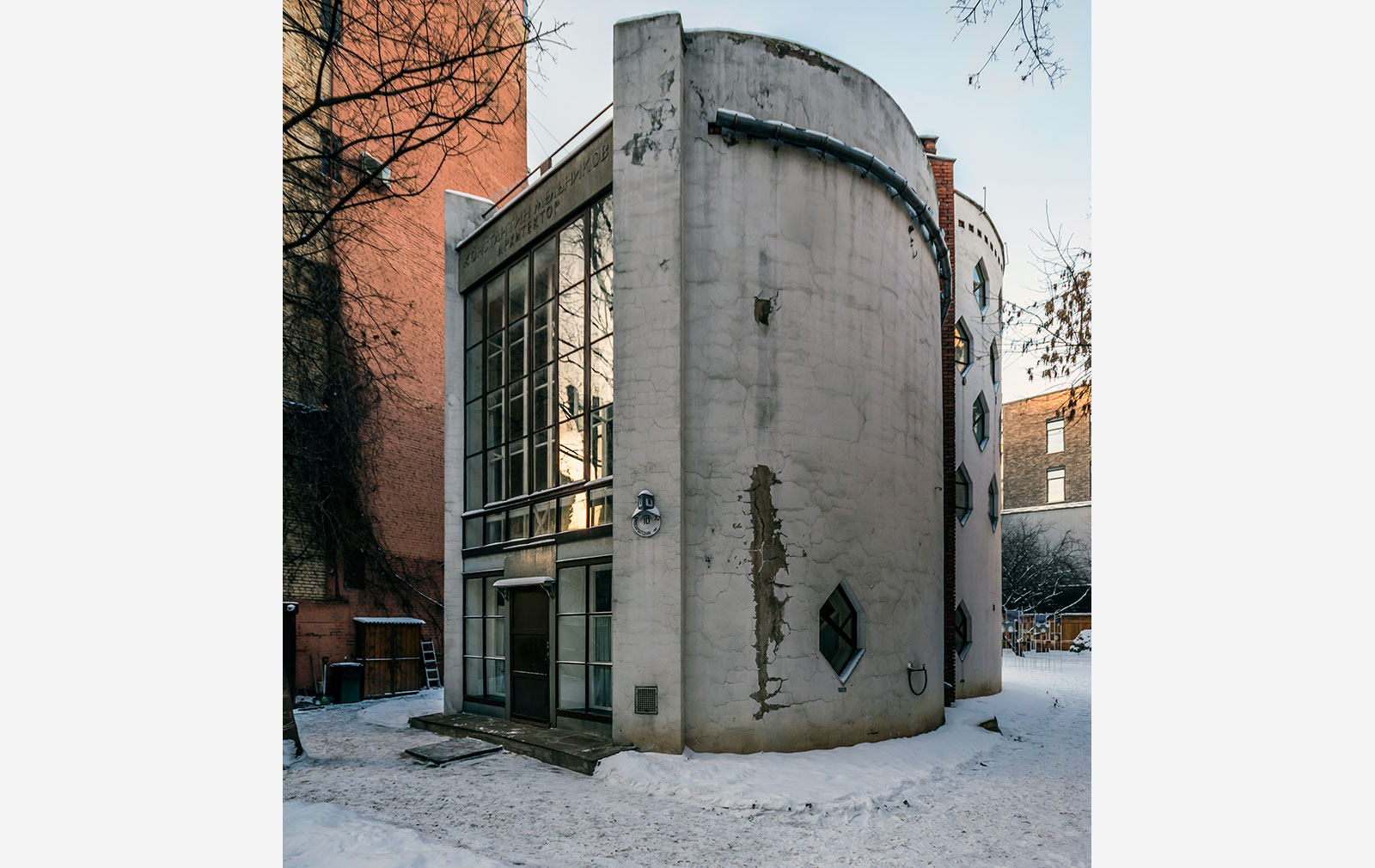
Marked out by its dozens of distinctive hexagonal windows, Konstantin Melnikov’s house is an important icon of the Russian avant-garde, sited in Moscow’s Arbat district. Made from a pair of interlocking cylinders, the home was completed in 1929 and initially approved by authorities as a prototype for workers’ housing. The structure was one of the last buildings designed by Melnikov, whose idiosyncratic style would later earn him a ban from practicing architecture by the Soviet government. It held enough space for his family and studios for both his painting and architectural work.
Lunuganga by Geoffrey Bawa, Bentota, Sri Lanka
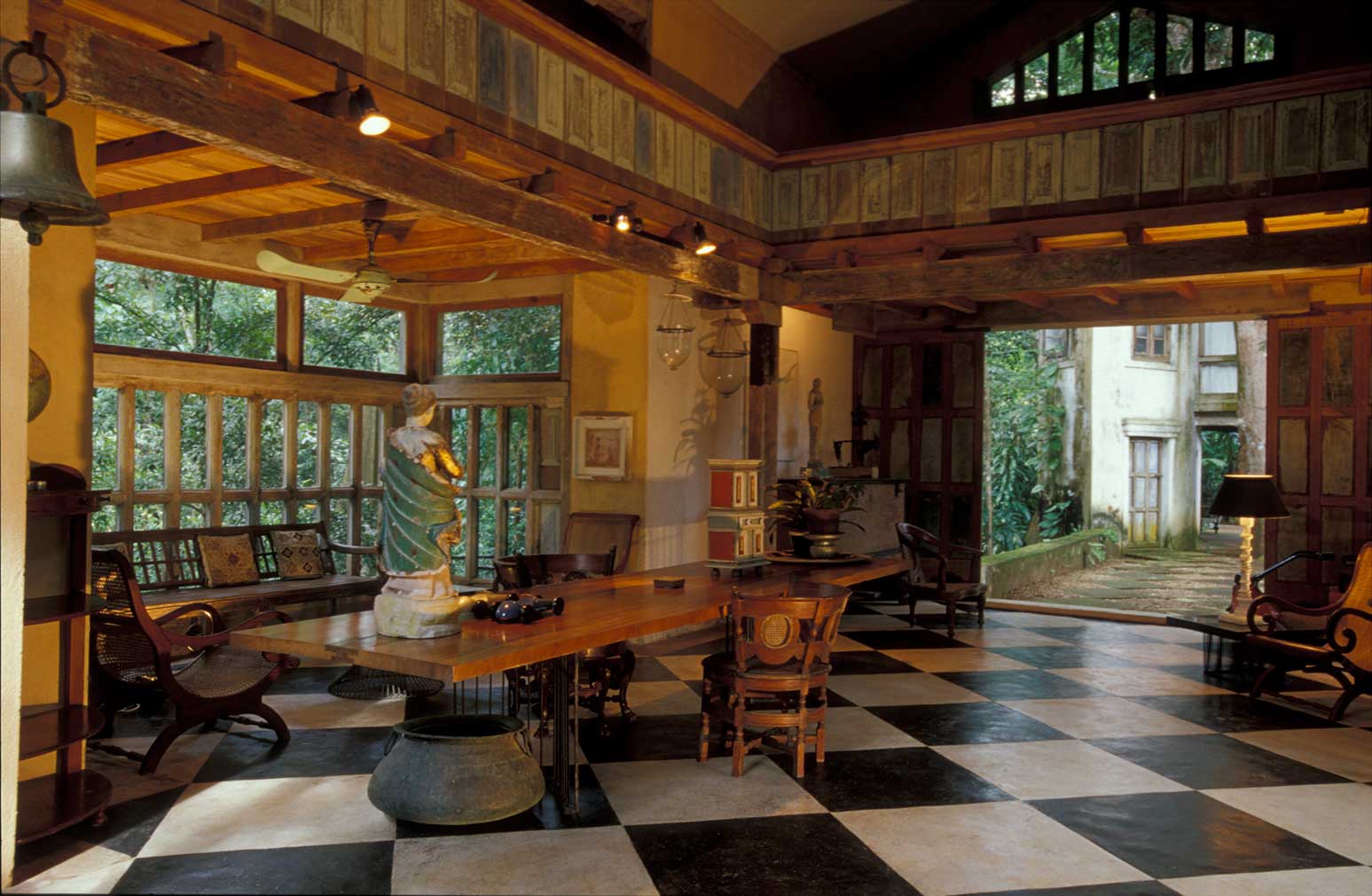
Geoffrey Bawa’s country estate Lunuganga, two hours outside Colombo, is a former rubber and cinnamon plantation, which the Sri Lankan architect converted in the 1940s while still working as a lawyer. He gradually updated the property, using it as a place to experiment with tropical Modernism – a movement he pioneered. Inside the building, its black-and-white tiled spaces are still decorated with the architect’s own furniture and objects.
Neutra VDL Studio and Residences by Richard Neutra, Los Angeles, USA
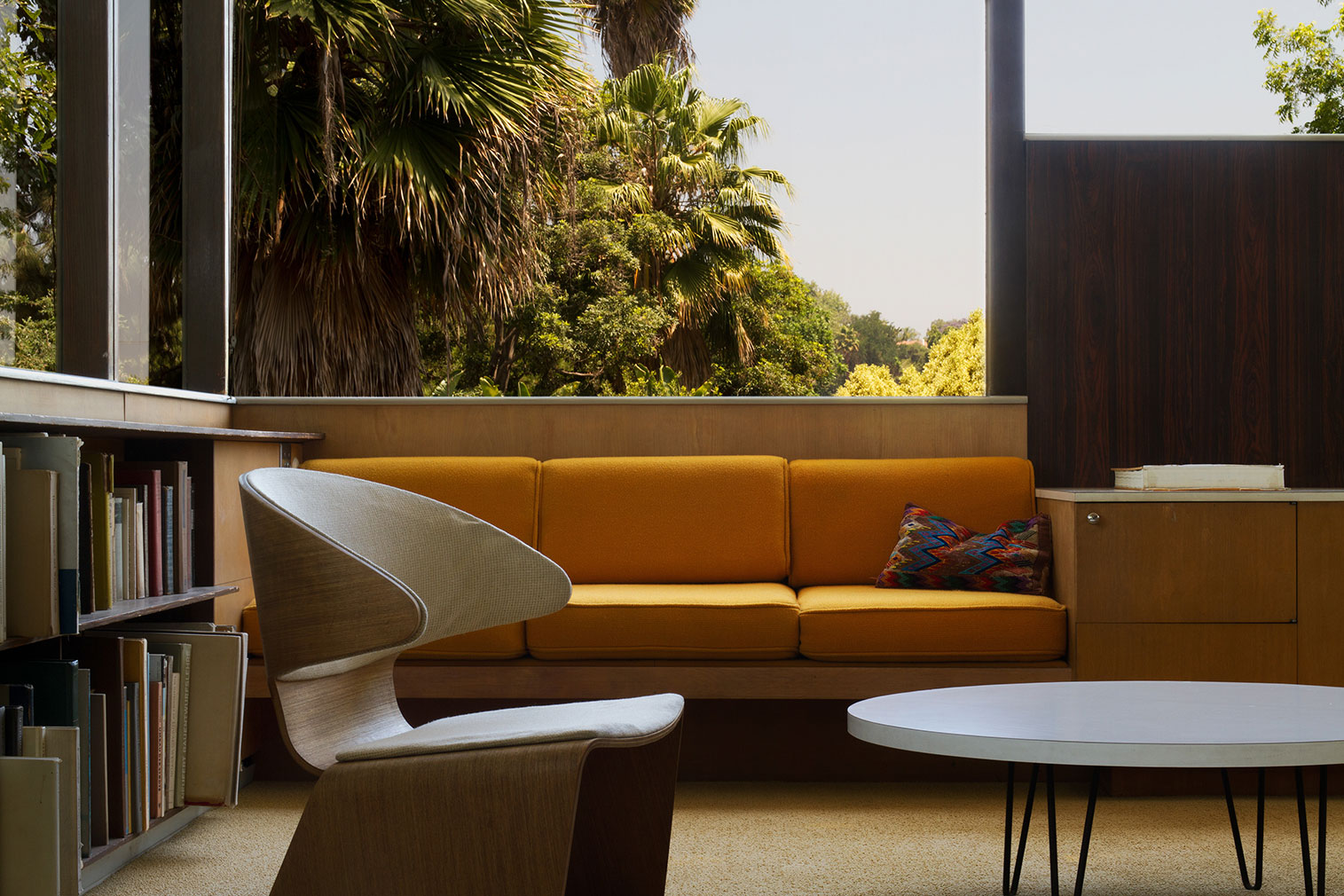
Created in 1932 as an experimental live-work space, Richard Neutra’s VDL Research House is screened by eucalyptus trees in Los Angeles’ Silver Lake. The building includes no less than three reflecting pools, on every level of the house, which combine with its mirrored walls and glass to ‘mesmerising’ effect, as the LA Times architectural critic Nicolai Ourossoff wrote in 1997. Preserved and furnished with original pieces created by Neutra, the house was named a National Historic Landmark earlier this year.
Eames House by Charles and Ray Eames and Eero Saarinen, California, USA
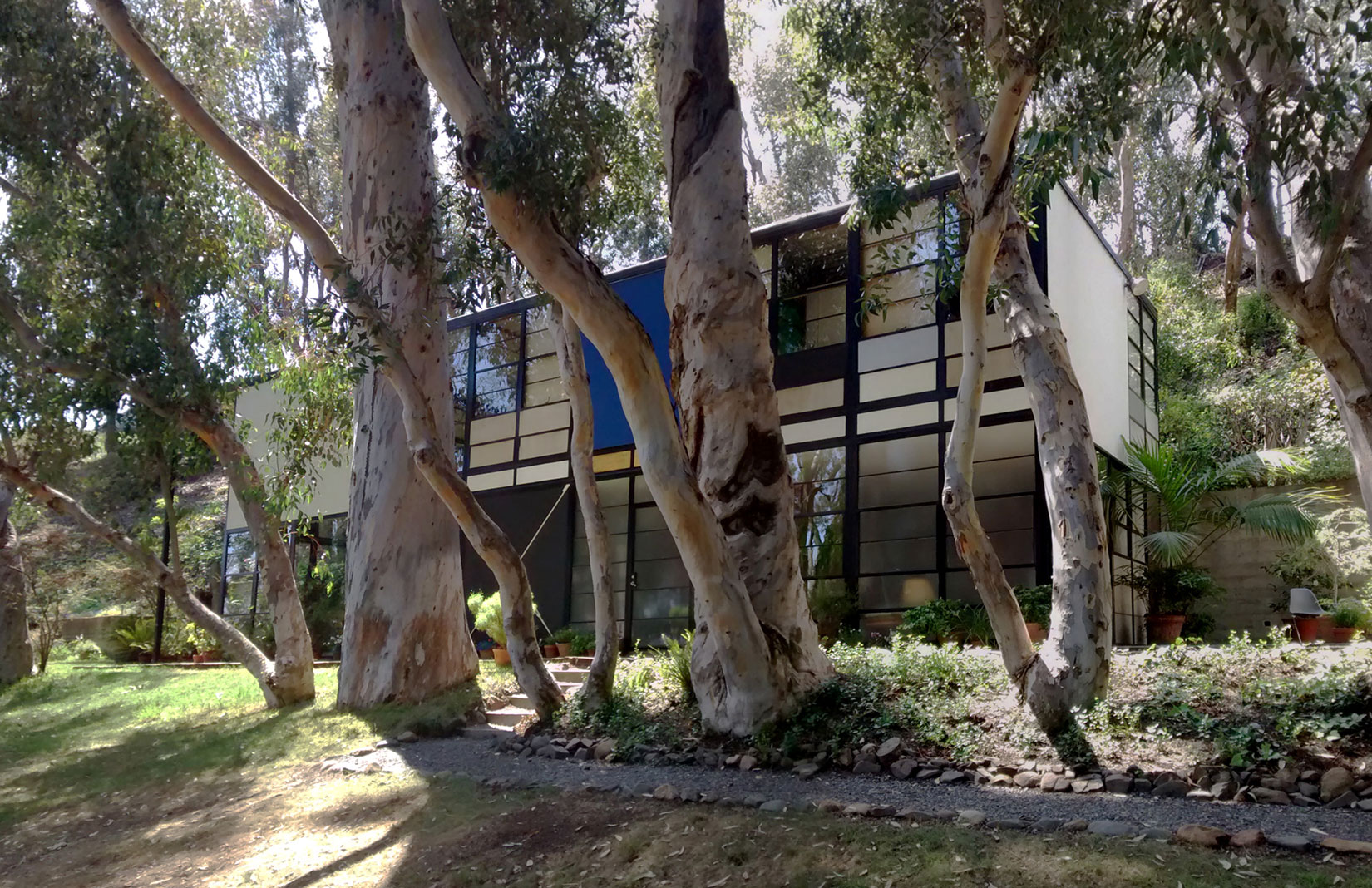
This glass and steel residence – compared by the LA Times to ‘monolithic Mondrian canvases springing from the ground’ – was completed in 1949, and embraced the indoor-outdoor living trend of the time. Its coloured panels contrast the surrounding greenery, while a two-storey atrium welcomes visitors inside. The Eames House has been preserved as it was left when Ray died in 1988, and is filled with pieces collected by the Eames during their lives.
The Glass House by Philip Johnson, Connecticut, USA
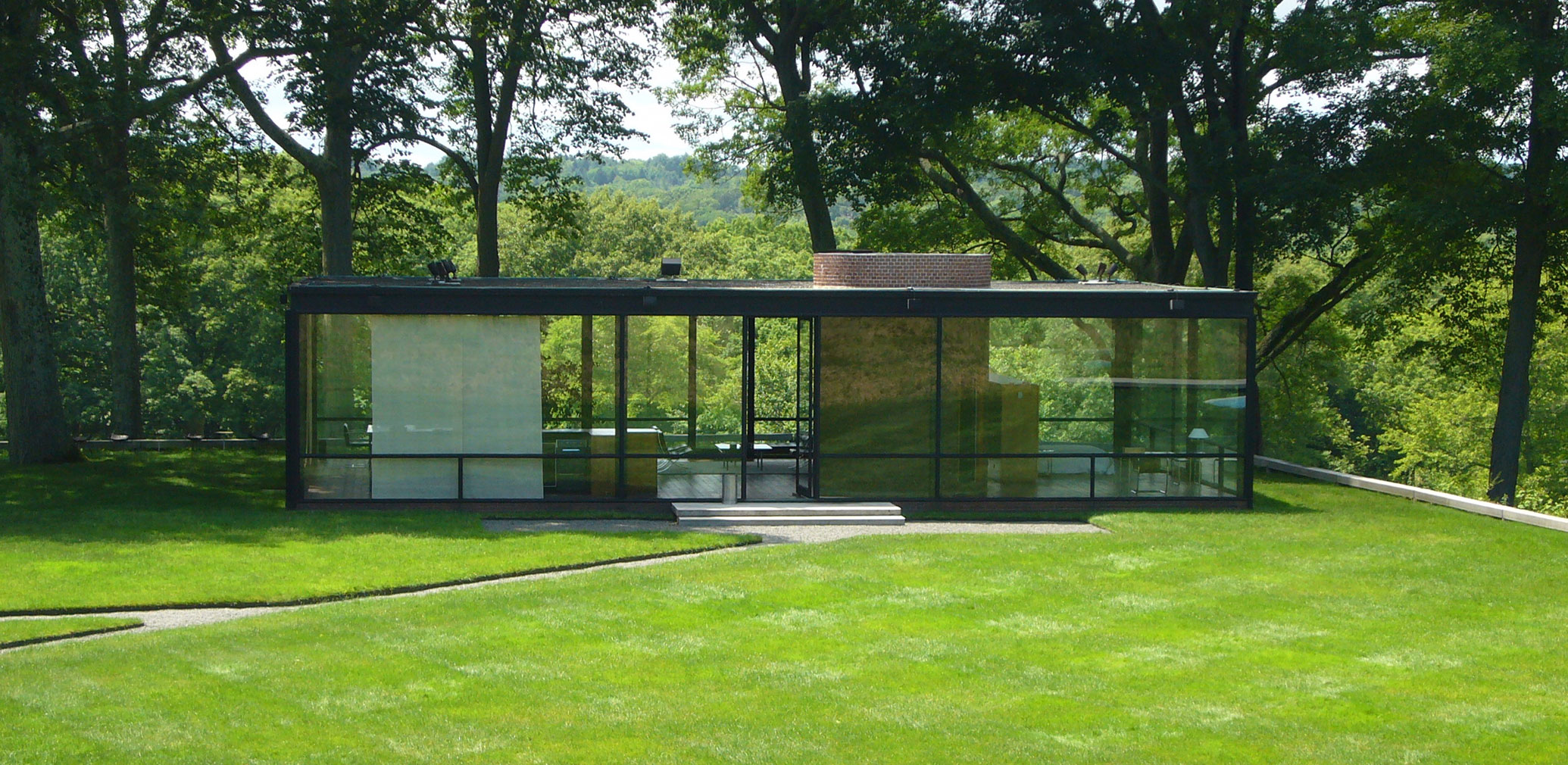
This minimalist residence is an exercise in reducing a living space to its bare essentials. Its black steel frame is surrounded by 18-foot wide panes of glass, and rooms are divided only by cabinets and bookshelves – taking open-plan living to the extreme. The Glass House is surrounded by a 47-acre estate, which also houses 14 other structures designed by the American architect over the course of 50 years. Philip Johnson’s interest in Modernism waned as he completed the house, and he later rejected Modernist ideals altogether.
Taliesin by Frank Lloyd Wright, Wisconsin, USA
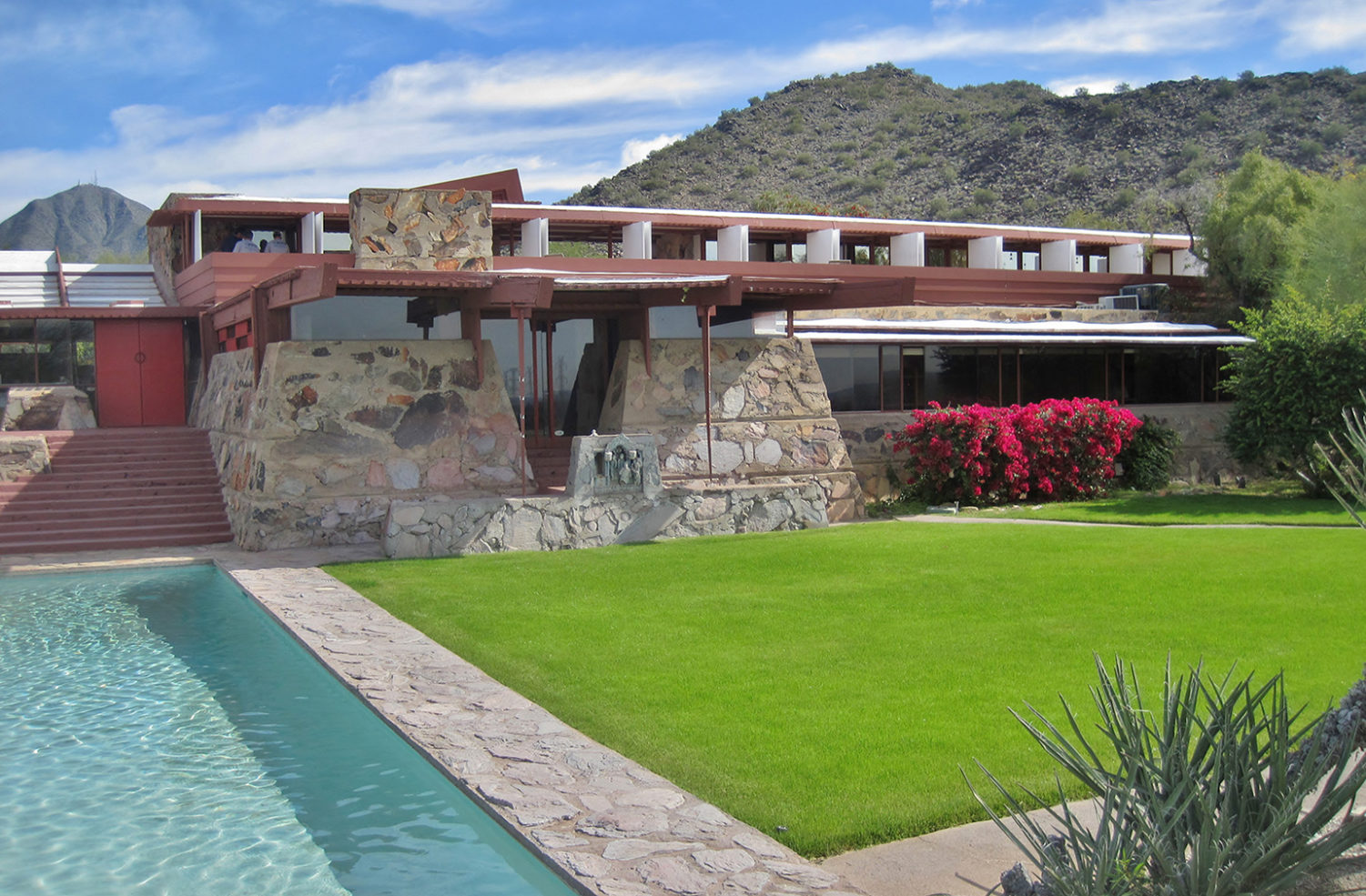
Frank Lloyd Wright’s Wisconsin home is set in an 800-acre estate and was an on-off residence for the American architect from 1911. The hillside property is a classic Prairie School design – described by Wright as ‘low, wide, and snug’ – and incorporates local yellow limestone and a cantilevered walkway that lets visitors stand among the trees. The house comes with a turbulent history, having been rebuilt twice – once in 1914, after one of Wright’s employees set fire to the building following a murder spree, and again in 1925 after a second fire.
Gropius House by Walter Gropius, Massachusetts, USA
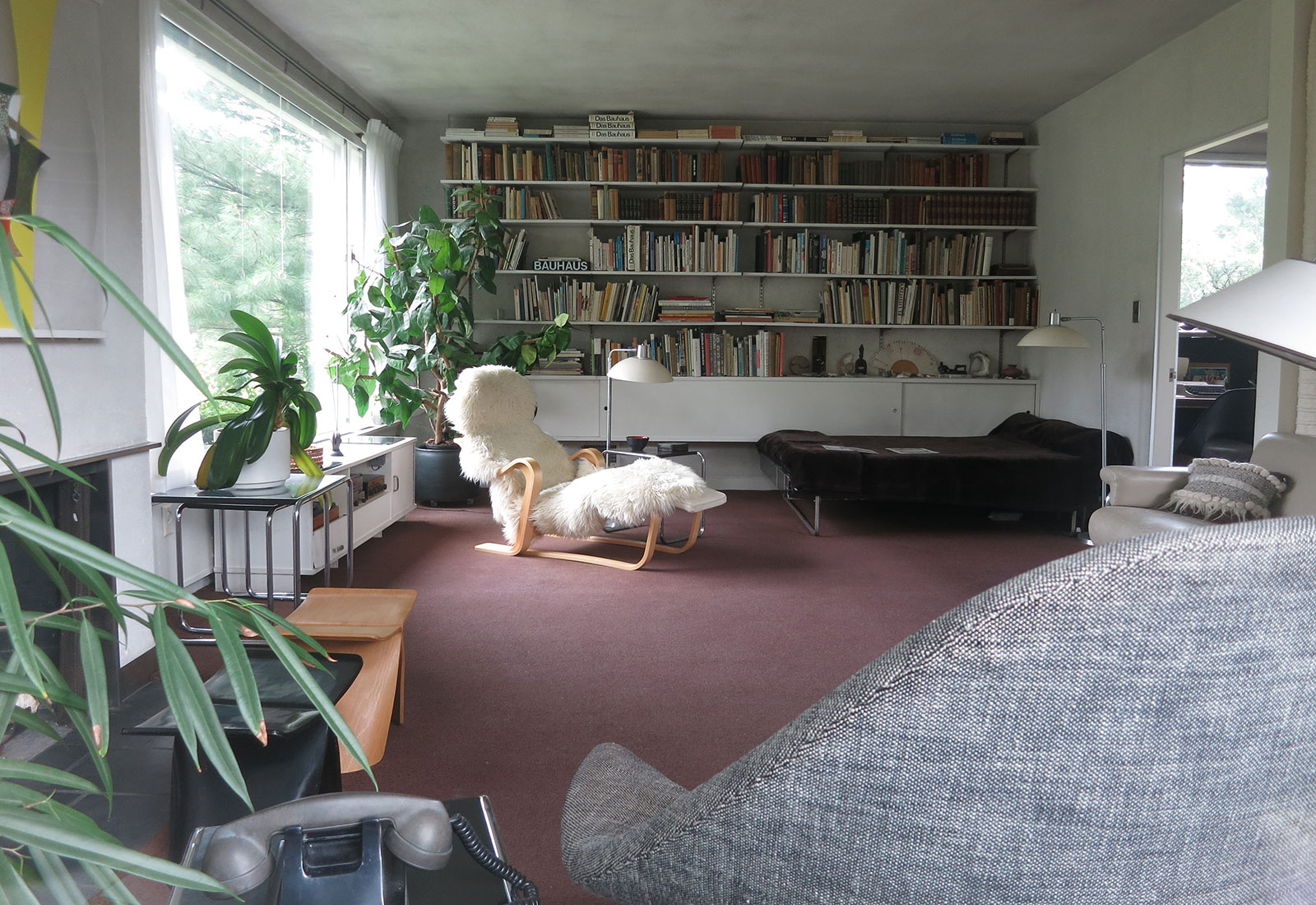
Bauhaus-founder Walter Gropius designed his Massachusetts home in 1937 and lived there until his death in 1969. The house – which he often showed off to his Harvard students – combined the Modernist teachings of the Bauhaus school with a New England aesthetic. It was filled with Bauhaus designs including several pieces of furniture by Marcel Breuer, many of which are still in place.
Albert Frey House II by Albert Frey, Palm Springs, USA

The second of the Swiss-American architect Albert Frey’s Palm Springs homes, this modest glass-walled house is punctured by a jutting boulder that divides the living and sleeping areas. Frey incorporated the rock as a way of getting around an excavation ban on the site, and it’s perhaps the most dramatic intervention in the otherwise simple dwelling. The 800 sq ft residence, which Frey completed in 1964, features built-in furniture by the architect including a record player, furniture and birch plywood cabinetry. Sliding glass doors peel back to reveal exceptional views of the desert surrounds.
George Nakashima House, Pennsylvania, USA
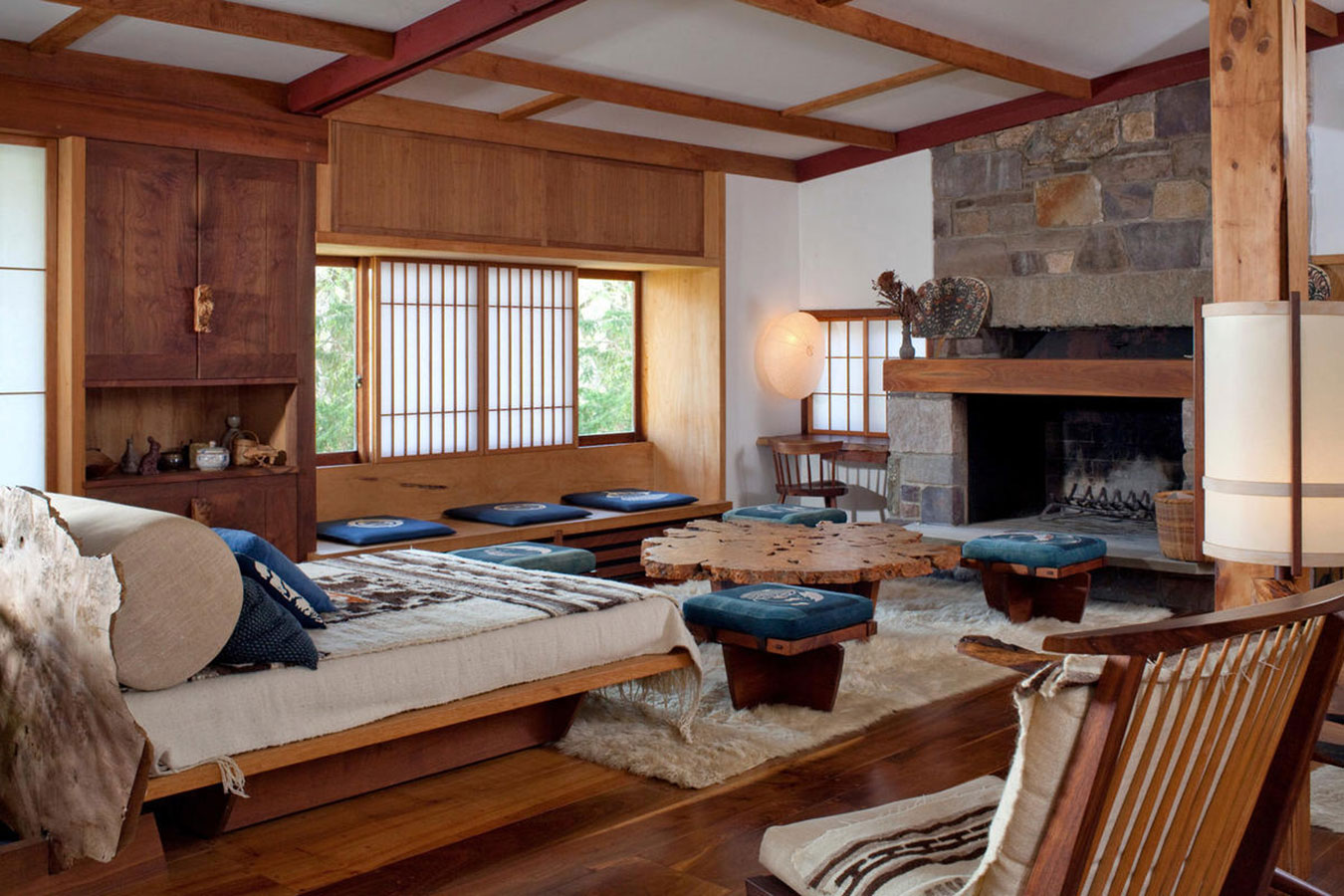
An important figure in the American craft movement, George Nakashima hand-built his artist’s compound in Pennsylvania over the course of three decades. The site includes an art gallery, museum, pool house and home, along with several other buildings, which blend Japanese woodworking and craft traditions – such as paper screens and exposed beams – with modernist elements and international influences. Nakashima’s own living spaces aren’t open to the public, but eight of the site’s 14 buildings are – including the Conoid studio, which is topped with an experimental arched concrete roof.
The Alvar Aalto House by Alvar and Aino Aalto, Helsinki, Finland
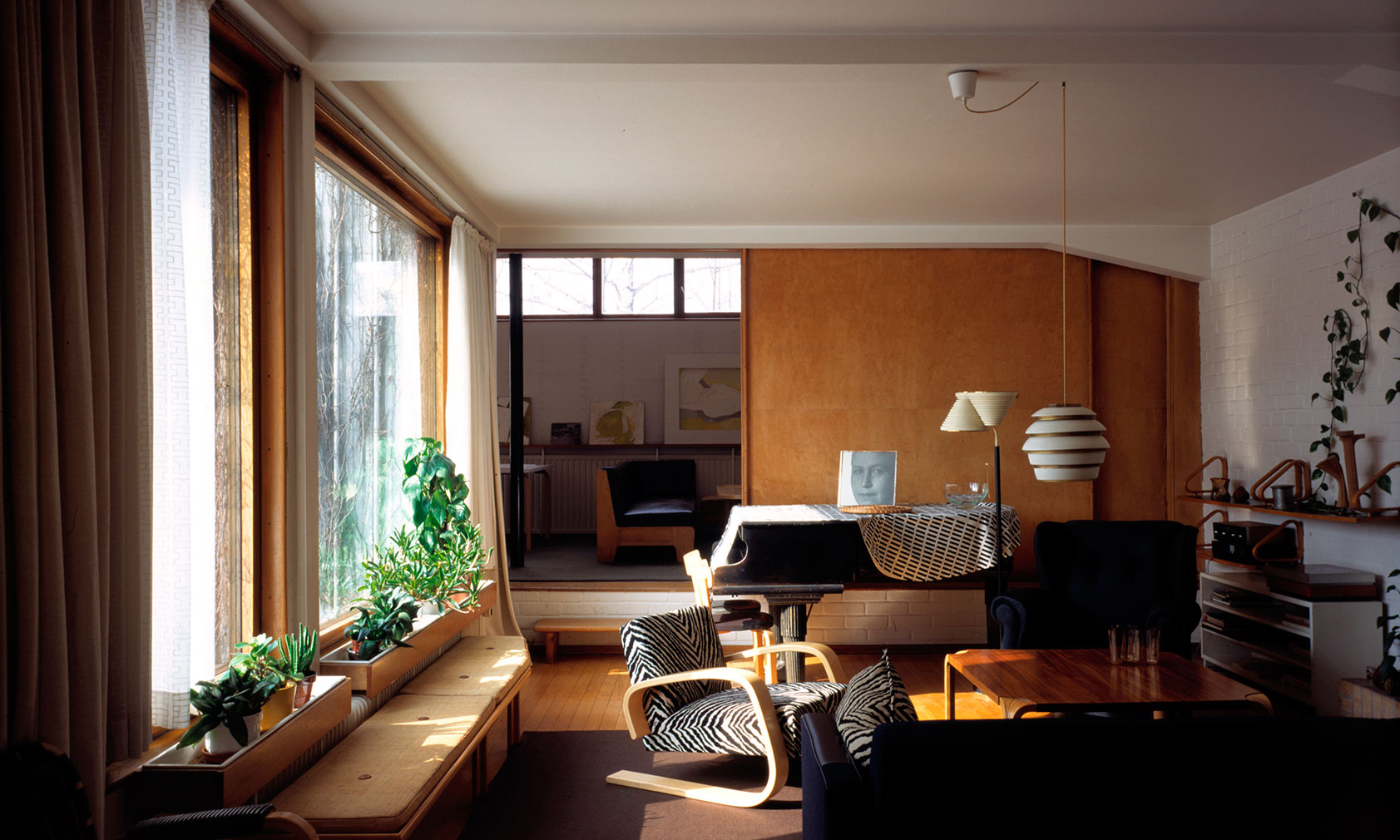
Set in the outskirts of Helsinki, Alvar Aalto’s hybrid home and studio was designed in partnership with his first wife Aino between 1935 and 1936. The building’s untouched surroundings were the starting point for Aalto’s design, and the house is an early example of his Romantic Functionalist works, pairing natural materials with simple, uncluttered rooms. Used as an experimental space, the house includes several prototype furniture and lighting pieces created by Aalto – who lived in the property until his death in 1976.
Can Lis by Jørn Utzon, Majorca, Spain
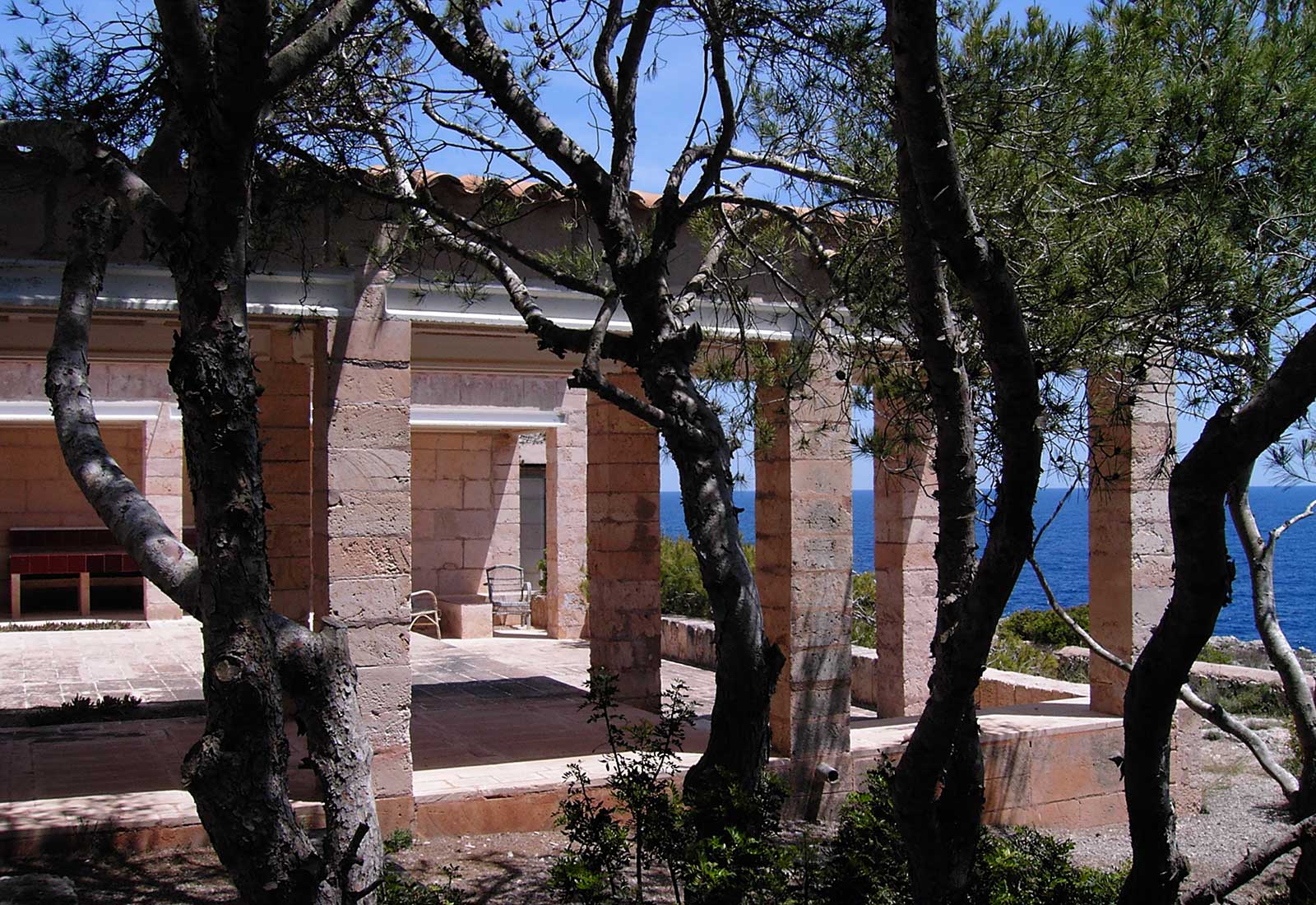
Pritzker Prize-winning architect Jørn Utzon – designer of the Sydney Opera House – completed his cliffside Majorca home in 1972, and lived there until the 1990s. Built using Majorcan sandstone, which frames seaside views over the southern coast of the island, the building’s five sections feature sparse interiors with built-in seating. The home has been renovated, and is now available to rent in July and August.
Villa E-1027 by Eileen Gray, Cote d’Azur, France
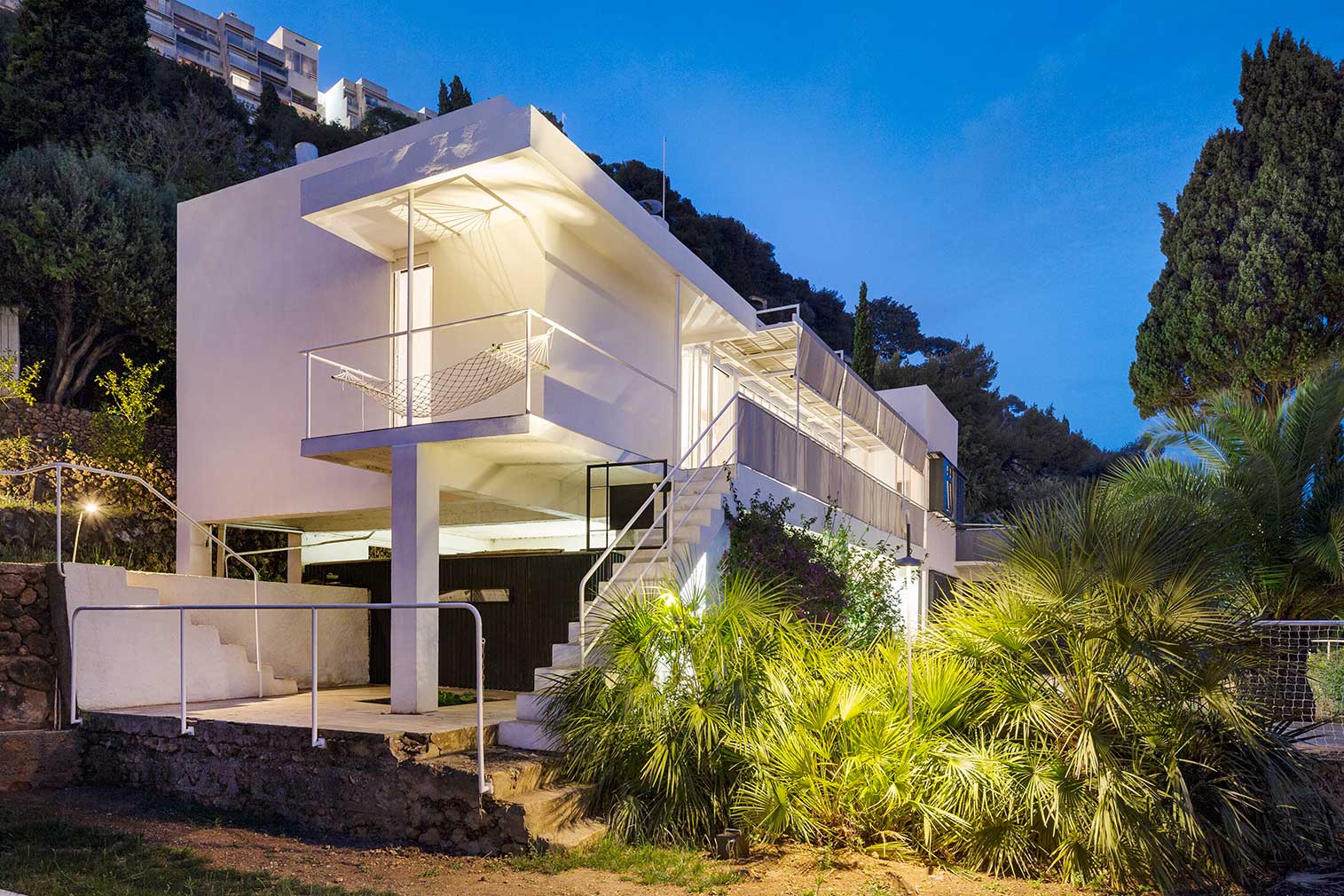
Eileen Gray’s Villa E-1027 is fresh from a €5m refurbishment that’s reinstated its original 1929 interiors. Described by The Guardian as a ‘lost legend of 20th-century architecture’, the cuboid house was Gray’s first creation, designed for and with her architect lover Jean Badovici. He would go on to be credited alongside Le Corbusier for the design of the house – a recurrent trope in the modernist design movement – though Gray conceived the building down to the furniture, including several pieces designed specifically for its living room and bedrooms. Le Corb claimed she stole inspiration from his own style, and in revenge, he added series of unauthorised wall paintings that depicted naked, intertwining female forms – a painful jibe at Gray’s bisexuality that she viewed as an ‘act of vandalism’.
Le Cabanon by Le Corbusier, Cote d’Azur, France
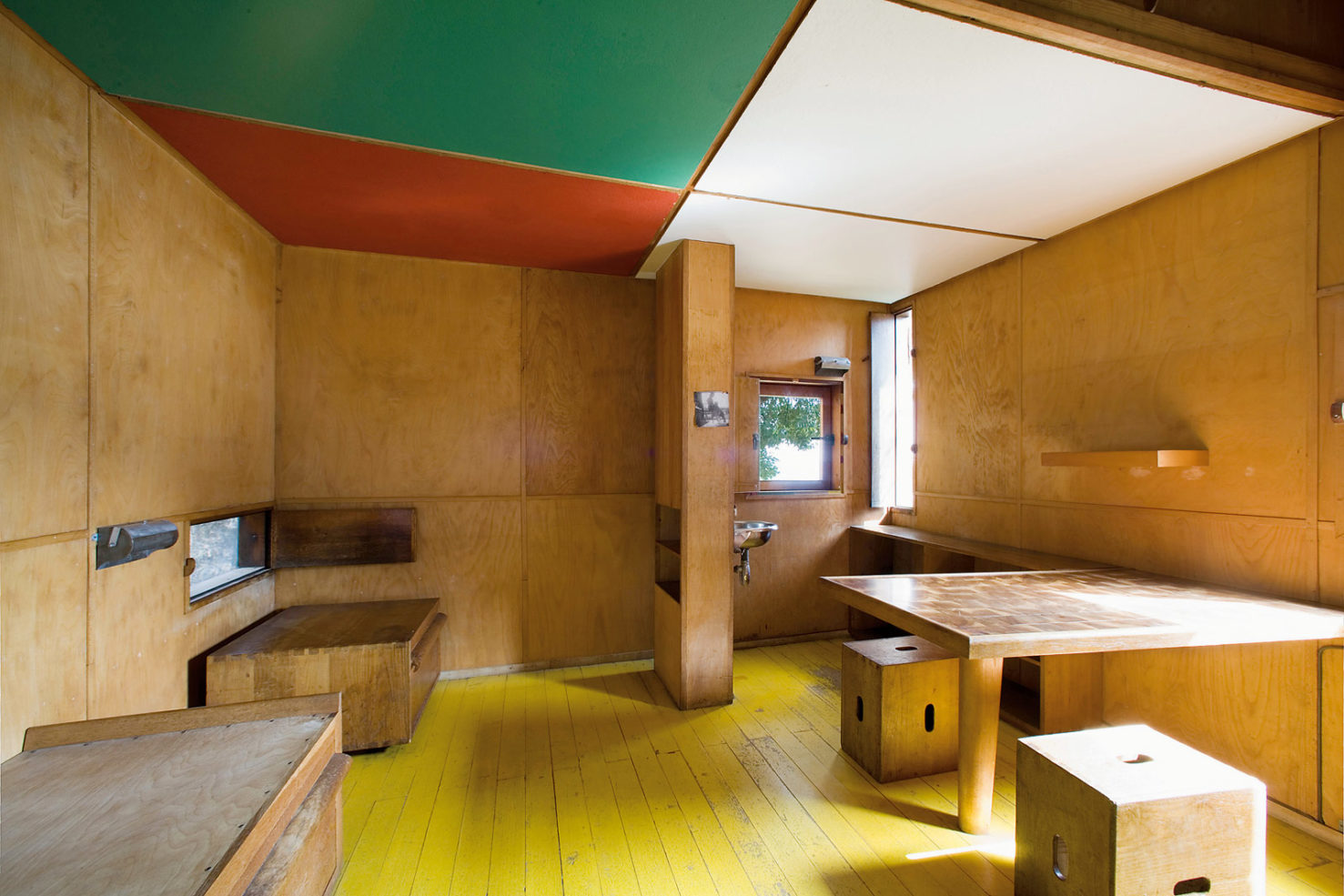
Swiss-French architect Le Corbusier designed this tiny seaside hut (also in Cap Moderne, adjacent to Villa E-1023) as a secluded retreat for himself in 1951. It’s since been added to UNESCO’s World Heritage list, and the Cabanon exemplifies his ‘modulor’ principles, based on human proportions. Walls are 2.26m high, the height of a six-foot man with one arm raised (the basic modulor unit). It offers just a single wood-panelled room, which was attached to the neighbouring cafe – to make up for the cabin’s lack of a kitchen. Le Corbusier, who spent 18 summers in the cabin, once declared: ‘I feel so fine here… this is likely where I will breathe my last breath.’ This statement turned out to be prophetic: he drowned in the sea in front of the Cabanon in 1965.
Van Schijndel House by Mart van Schijndel, Utretcht, Netherlands
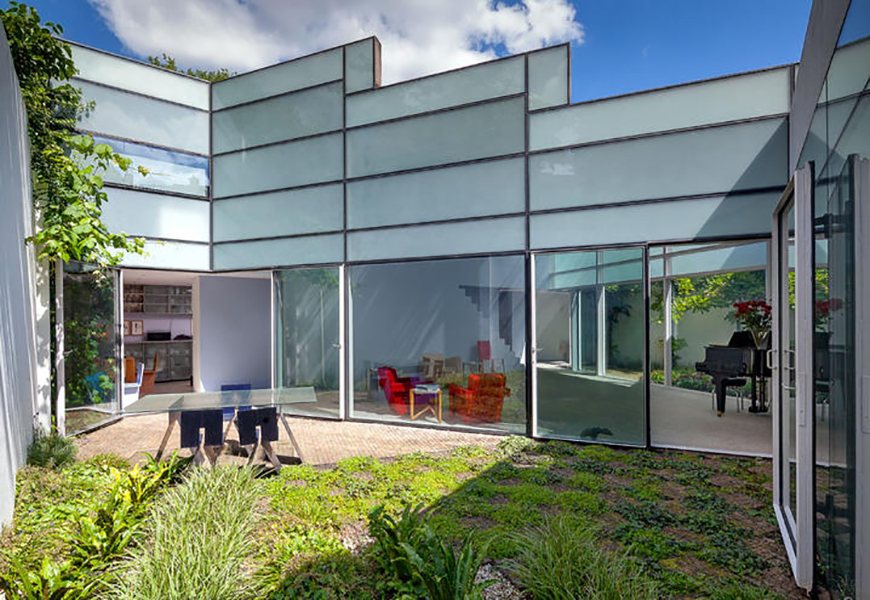
Six years in the making, Mart van Schijndel built his house of ‘air and light’ in 1992. The building is known for its hingeless glass doors, which are fixed only by silicone. It is also furnished almost entirely with pieces designed by the Dutch architect. Van Schijndel house blends into the surrounding street, hidden behind a striped windowless facade that conceals its most striking features. The architect received the Rietveld Prize in 1995 for his home, and in 1999 it was added to Utrecht’s list of municipal monuments.




